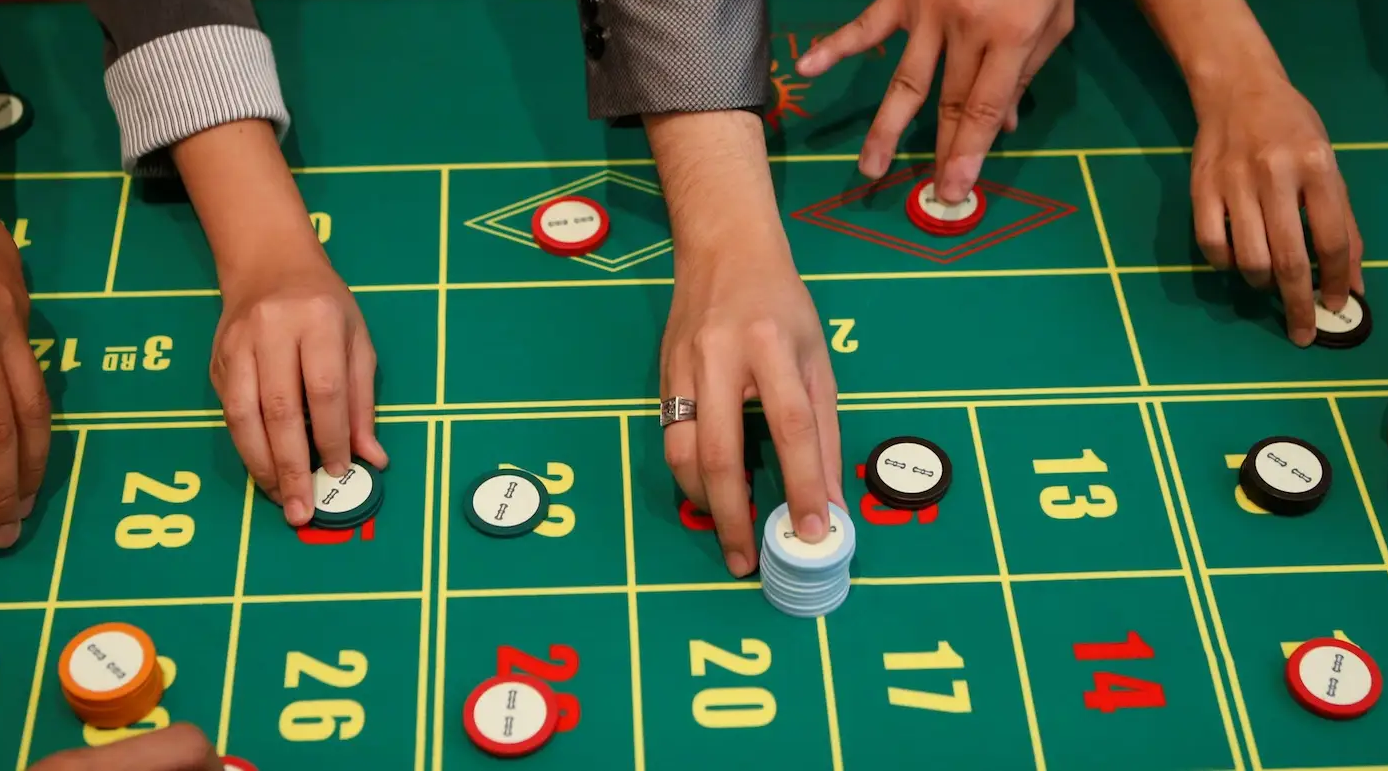The way I view investing is similar to gambling. Maybe you’re able to educate yourself and improve your odds, but there’s never a guarantee to make money and you could lose all money entirely. How do you know what amount you’re going to invest and how much risk you are willing to take?
Before we get into how much a person might want to invest, first let’s talk about investing and how it compares to gambling.
With gambling you’re generally putting up money (putting it into a pot or a lottery pool of some kind). A game of chance plays out where you need the right cards or numbers to come up in your favour. In the end, you either lose everything or you get a large payout, usually several times larger than the money you put in. Gambling is almost always an all-or-nothing result, you either win big or you lose everything you put into the pot. And the payouts are usually double or more what you put in to act as an incentive to keep gambling.
With gambling, you can try to educate yourself on the game, past performances, and rules, but there is still an element of chance. There is a risk. This combination of risk and high, quick reward is typically what draws people into gambling.
Investing, when handled properly, is quite a different experience in most respects. It’s true that some investing is risky, especially when it’s not handled properly. It’s also true that some people can gain or lose a lot of money if they invest poorly. So, from a distance, people who invest either very well or very poorly give the impression the experience is similar to gambling. For most people, the two are not the same.
For one thing, when investing properly (as most people do) the result isn’t all-or-nothing. When you invest you’re buying something (a stock, a bond, or a fund) and even when it drops in value you still own it. You might lose some value in the investment, but you still have something, something you can sell. In other words, you can recoup some of your investment, you don’t lose it all like you would with a game of chance.
I’d also like to point out that some investments are guaranteed, so there isn’t a risk involved. Funds like guaranteed investment certificates (GICs) offer to return your original money plus a small percentage of interest (typically 1% to 5%). Unless the entire economy crumbles and society turns to post-apocalyptic chaos where money is useless, the GIC investment is guaranteed, it’s not at all a gamble.
With most other forms of investments there is a degree of risk, but unless someone is speculating wildly and carelessly the risk is quite small. For example, people who invest in mutual funds or index funds typically average a yearly return of around 7% and have for many years. It’s possible conservative investments could lose value, at least for a short while, but over the span of a decade or two, they have always returned positive results for investors.
In other words, as long as you have ten years or more to invest before you plan to collect (usually when you retire) conservative investments like index funds are quite safe. I’m not saying there is no risk (any activity from showering to crossing the road involves a small degree of risk), but the risk is quite low when dealing with cautious investments.
Where people get into trouble is when they don’t invest, rather they speculate. People who dump large amounts of money into one company or stock or put all their savings in one real estate venture are not investing, they are speculating. They’re putting all of their proverbial eggs in one basket, hoping to strike it rich. That is indeed very similar to gambling and it’s more likely to end in ruin than riches.
But people who invest, following the typical rules of using mutual funds, bonds, or index funds, are not wildly speculating, they’re investing and it almost always returns positive results over multi-year time-lines. It’s almost impossible for you to lose all your money on normal investments as, even when prices go down, you still own some stocks and bonds which can be sold to recover some of the money invested.
As for how much you should invest, this will vary from one person to another. We talked a bit in our budgeting tips about how a person should first pay off any high-interest debts. Then build up a small emergency fund to guard against sudden expenses or loss of income. Then any money saved beyond the amount needed in an emergency fund should probably be invested. An emergency fund might typically hold three to six month’s worth of income, for sudden expenses or a job loss. Any money saved beyond that, which isn’t immediately needed for something else (like a big purchase), can be put into investing. This way, investing isn’t taking away from your ability to pay your bills or debts.
We talked about budgeting for investments in a previous post called Pay Your Future Self First. We also talked about short-term and long-term investing in Where To Put Savings. The idea here is, once you have your debts paid off and an emergency fund created, to budget to put aside a set amount of money each month into investments. Making it a regular payment, like a bill, helps keep the amount predictable and manageable.

Comments are closed, but trackbacks and pingbacks are open.